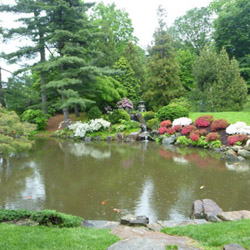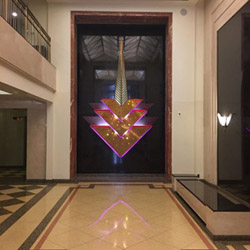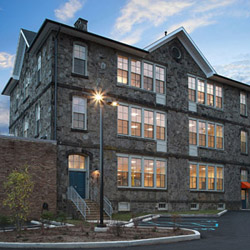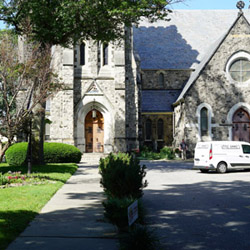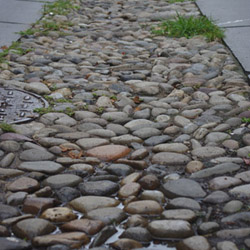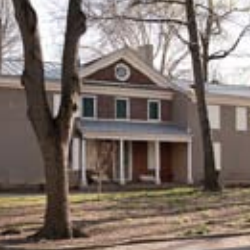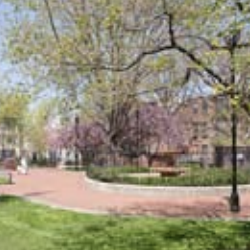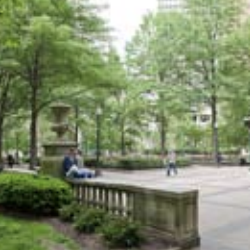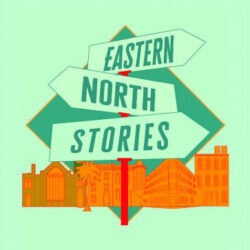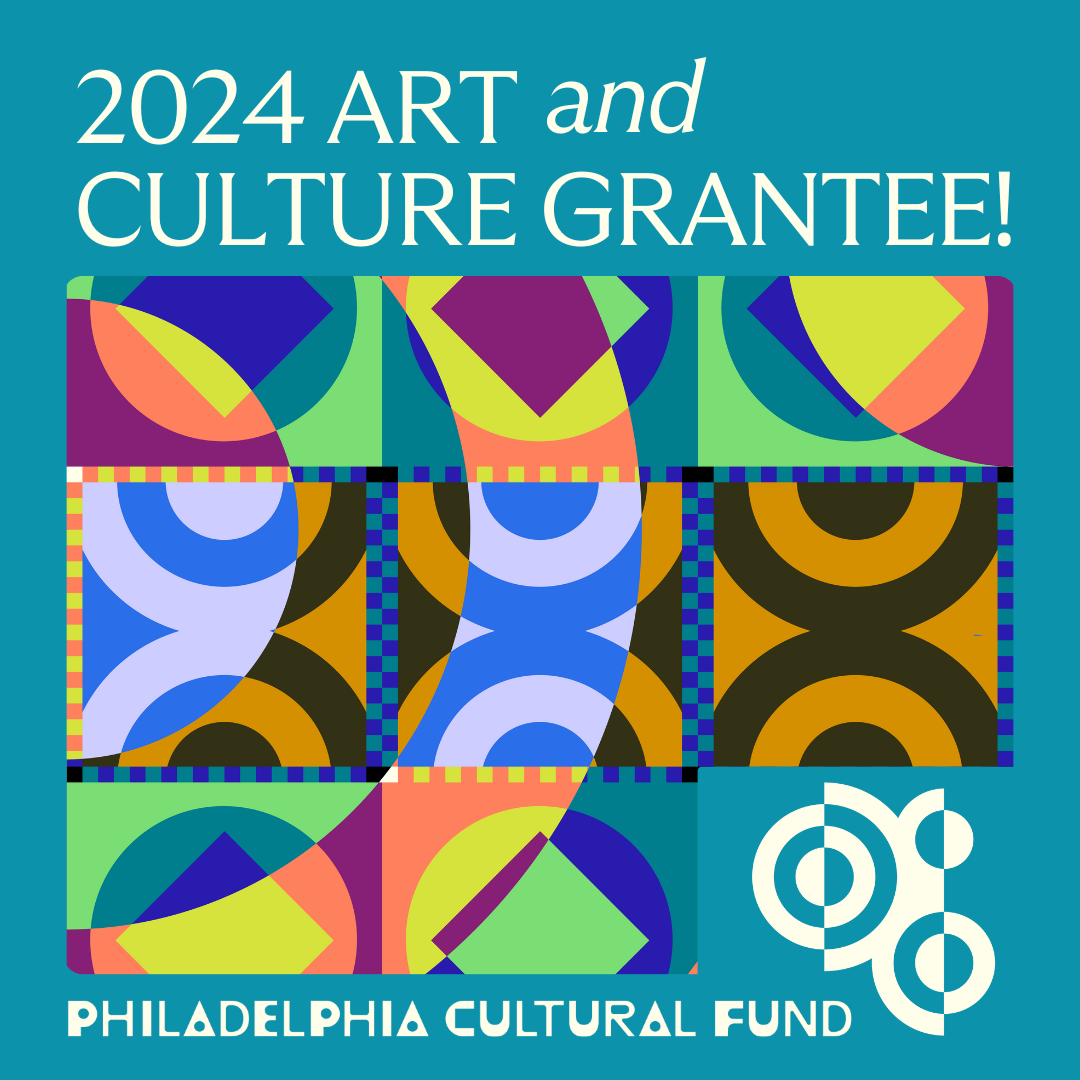Take a Guided Tour
Our specialized, in-depth tours are great for the adventurous tourist and inquisitive local alike. Our experienced volunteer guides offer tours every weekend with each tour focusing on a different part of Philadelphia.
Each tour lasts 1.5 to 2 hours, rain or shine. Private tours are available.
Littlest Streets Fitler Square
Experience yet another intimate neighborhood within Center City, just southwest of Rittenhouse Square west of Broad StreetExperience yet another intimate neighborhood within Center City, just southwest of Rittenhouse Square west of Broad Street. Learn about the early Irish settlers and other immigrants who first settled here and about their industrial ties to the nearby Schuylkill River.
Emergence of a Modern Metropolis
Experience the transformation of Philadelphia from America’s 19th century engine of industry to a 21st century capital of business and cultureExperience the transformation of Philadelphia from America’s 19th century engine of industry to a 21st century capital of business and culture. This tour explores Philadelphia’s diverse range of architectural styles and building technologies from the 1860s to the present, detailing the social, economic, and political forces that shaped the modern cityscape.
Girard Estate
Trace the history of this South Philadelphia neighborhood from its origin as a colonial farm to the early 20th century planned development of “Ideal City Homes.” See outstanding examples of Bungalow, Colonial Revival and Spanish Revival residential styles.Trace the history of this South Philadelphia neighborhood from its origin as a colonial farm to the early 20th century planned development of “Ideal City Homes.” See outstanding examples of Bungalow, Colonial Revival and Spanish Revival residential styles.
